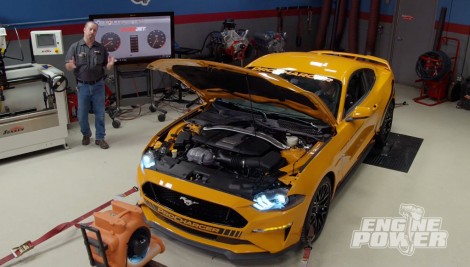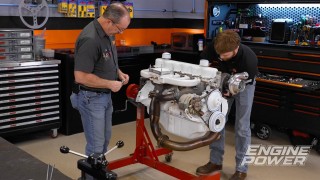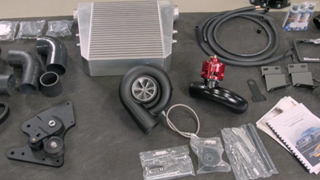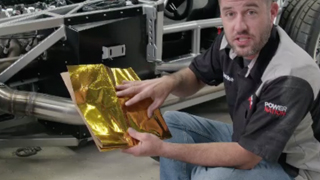
ProCharged Mustang
Ford's Pony Car gets plenty of pep in its step with a ProCharger setup!
Season 6
Episode 19
Hosts: Mike Galley, Pat Topolinski
First Air Date: October 6, 2019
Duration: 20 minutes 22 seconds












































